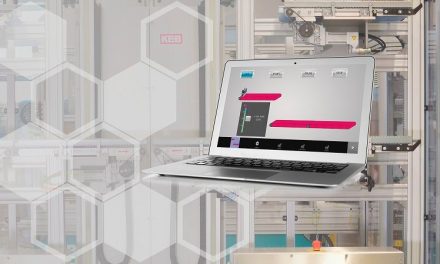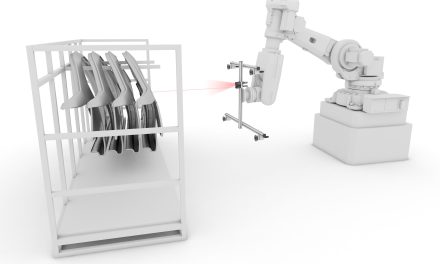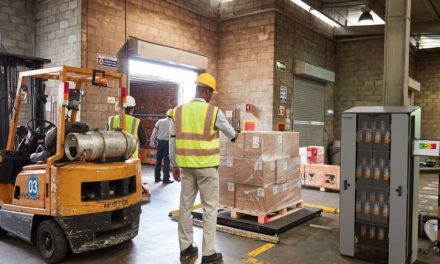Traditionally, to identify defects and scratches in production has required the sensitivity and knowledge of technicians with extensive experience. But owing to rising labour costs and shortage of skilled labour, manufacturers need to automate processes that once relied on the senses of experienced human workers.

To solve this challenge in the ‘factory of the future’, Omron has integrated artificial intelligence (AI) and machine vision to develop two new solutions: AI Fine Matching and AI Scratch Detect Filter.
In some cases, AI can now recognise object features as efficiently as humans and automatically learn the critical parameters on the fly. While many AI approaches face combined challenges of massive amounts of image data, specialised hardware, special environments and engineering expertise, Omron has made great progress in avoiding these hurdles, opening the door to widespread deployment.
AI Fine Matching incorporates an image processing system which combines Omron’s new FH series vision system with a defect detection system based on the company’s AI technology. Using a new AI-based image filter, which reproduces the technique that skilled inspectors use to identify a defect on any product background, it identifies flaws and subtle defects and reliably distinguishes between normal and abnormal products.
No defective learning samples are needed. The AI Fine Matching tool learns from the image data of non-defective products to quickly acquire the ‘expertise’ that inspectors develop over the course of many years. Although the sensitivity depends on the product, in many cases it can match or exceed the defect detection rate of human inspectors. Acceptable variation tolerances can be set within setup for the FH Series vision system.
“The way we’ve deployed AI into our vision systems is to help and simplify the setup and configuration of vision systems to make them easier to deploy for manufacturers,” says Dan Rossek, Marketing Manager, Omron UK. “We use a machine learning algorithm to set up the vision system, instead of a trained engineer. He would have looked at the defects you are trying to identify, and then configure a programme with inspection regimes and inspection tools to enable it to distinguish a good part and a bad part – that might be based on such things as pattern, correlation, contrast and colour.”
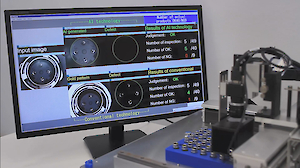
The algorithm automates that process. It is trained with a batch of good parts, and the AI system looks for what are the features of good parts, as well as variations (there will always be some acceptable variation in the product itself).
“That’s all you need to complete to programme the system,” Dan continued. “The system then is capable of detecting anything that falls outside of the range scope of a ‘good’ part. This makes it ideal for high product mix manufacturing, or new parts, because training for different products is quick and easy. The process of loading it is basically just training a range of images.”
Once trained, the AI Fine Matching vision system provides a 100% consistent result.
The AI Scratch Detection Filter identifies surface scratches by using a vision system and AI algorithm that replicates the sensitivity level of skilled inspectors, without the use of samples or adjustment.
A prime sector for application is the automotive industry. However, the technique is quite challenging comments Dan: “Car manufacturers would like to achieve 100% inspection satisfaction, but scratches or defects are hard to spot on a shiny surface, especially when the cars are painted a multitude of colours. Not only would you need to configure the vision system for each individual product, but also the colour, finish, and whether it’s metallic or matte, for example.”
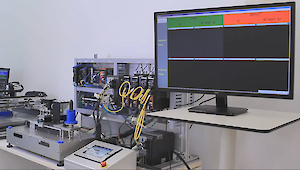
By developing a new algorithm, Omron has removed all the complexities associated with this task. “Firstly, AI Scratch Detection Filter system takes an image and then runs the image through a bank of filters to separate-out the scratch from the surface. As the system cycles through all the filtering and inspection algorithms internally, the car’s colour or surface finish bears no consequence as it simply identifies the most suitable one for that application. This makes it very easy to set up and deploy,” concludes Dan.
Being able to detect surface scratches is beneficial for many manufactured parts, including plastic mouldings, extruded plastic films and optical parts made from glass or transparent polymers. Another application could be checking the quality of paper in web printing processes. As a result of its original development for the automotive industry, the Omron AI Scratch Detection Filter system will be applied to improve the quality of many products.

